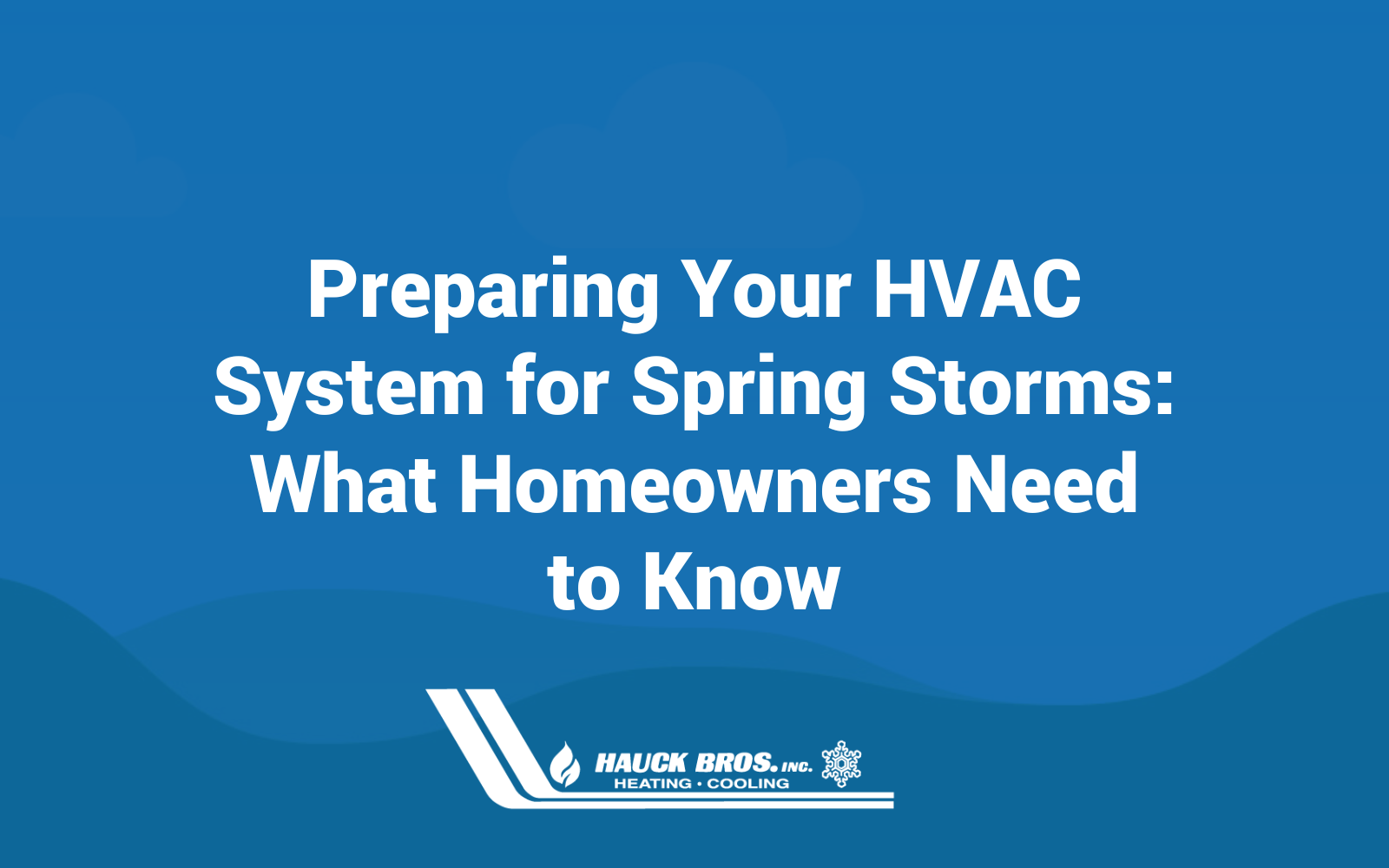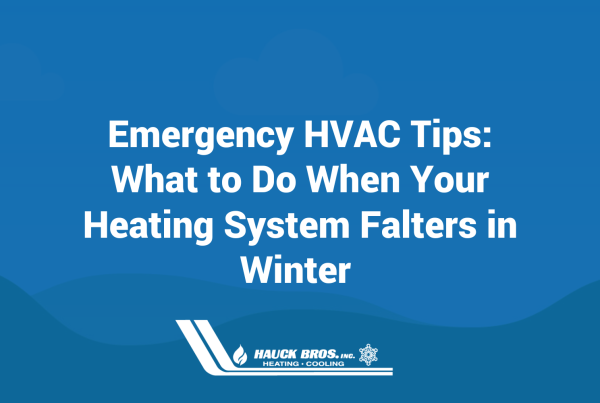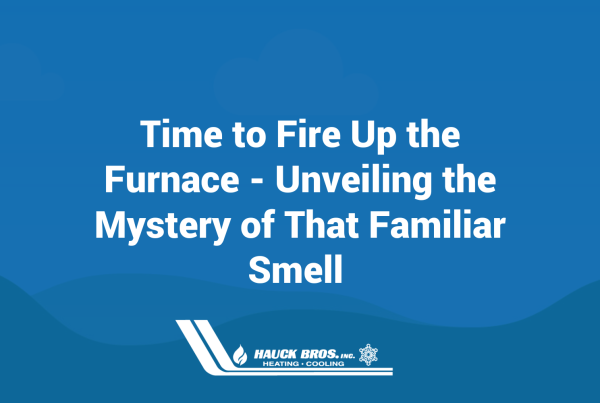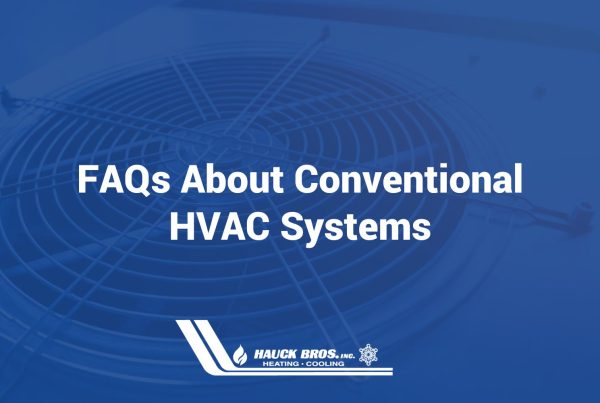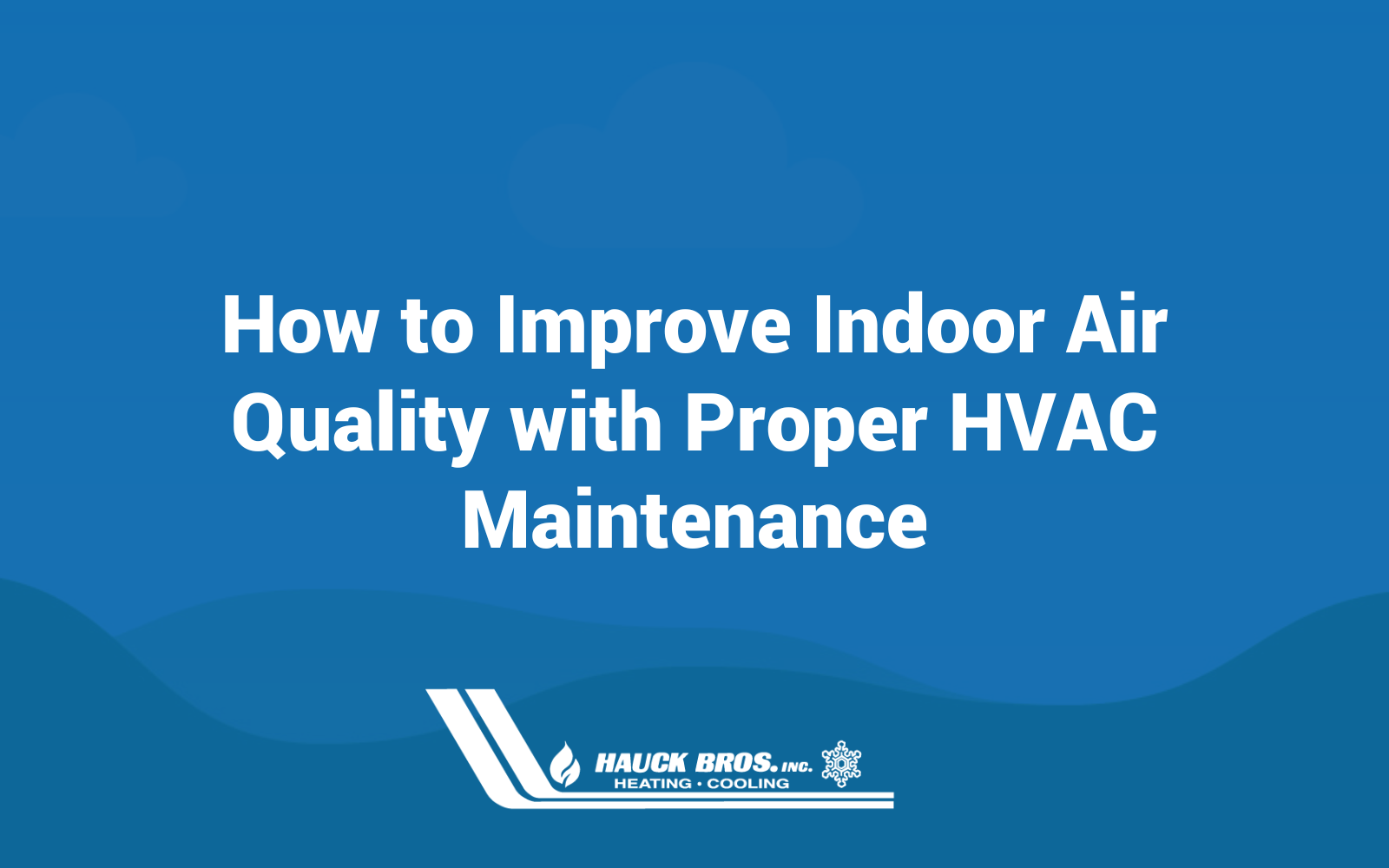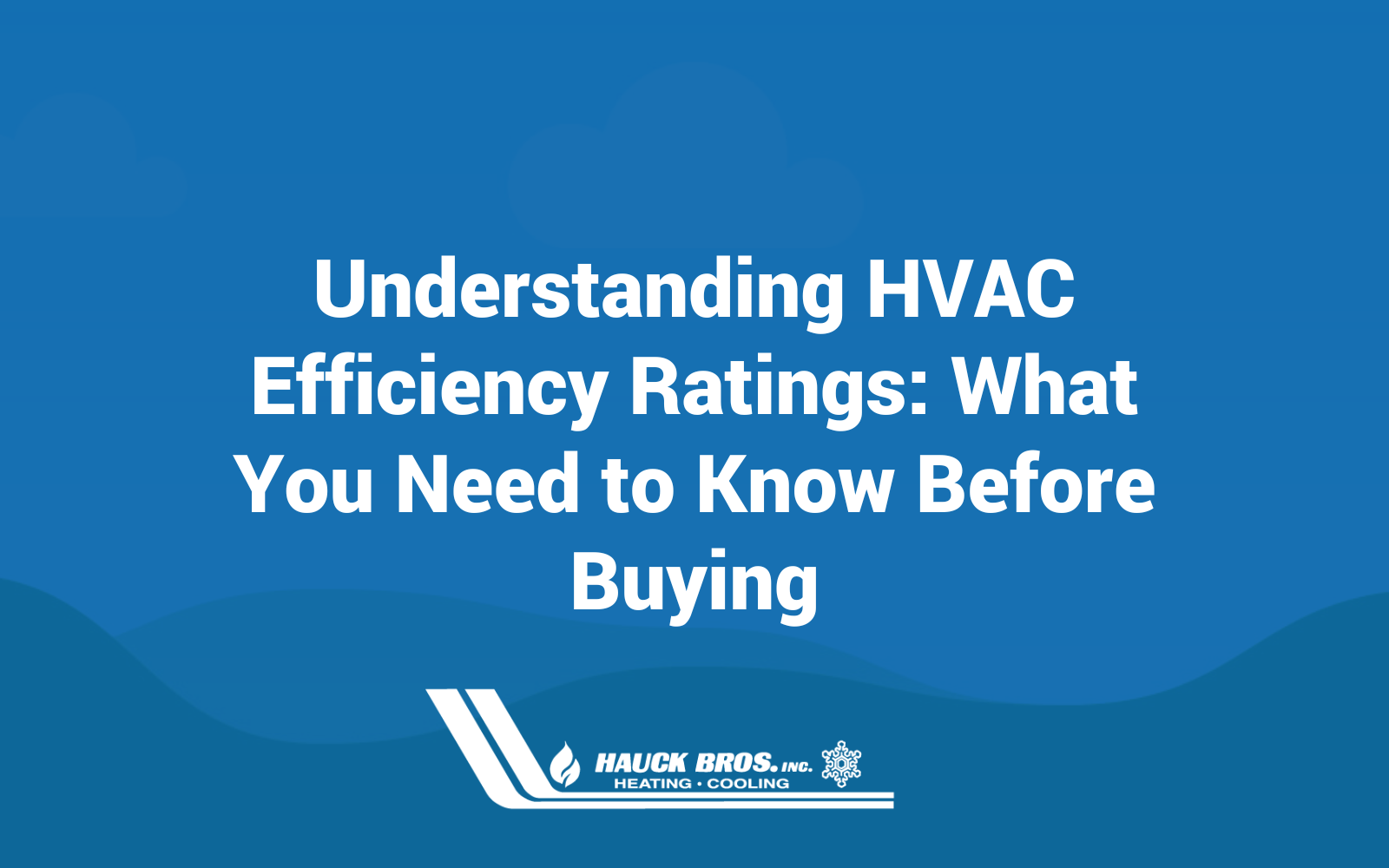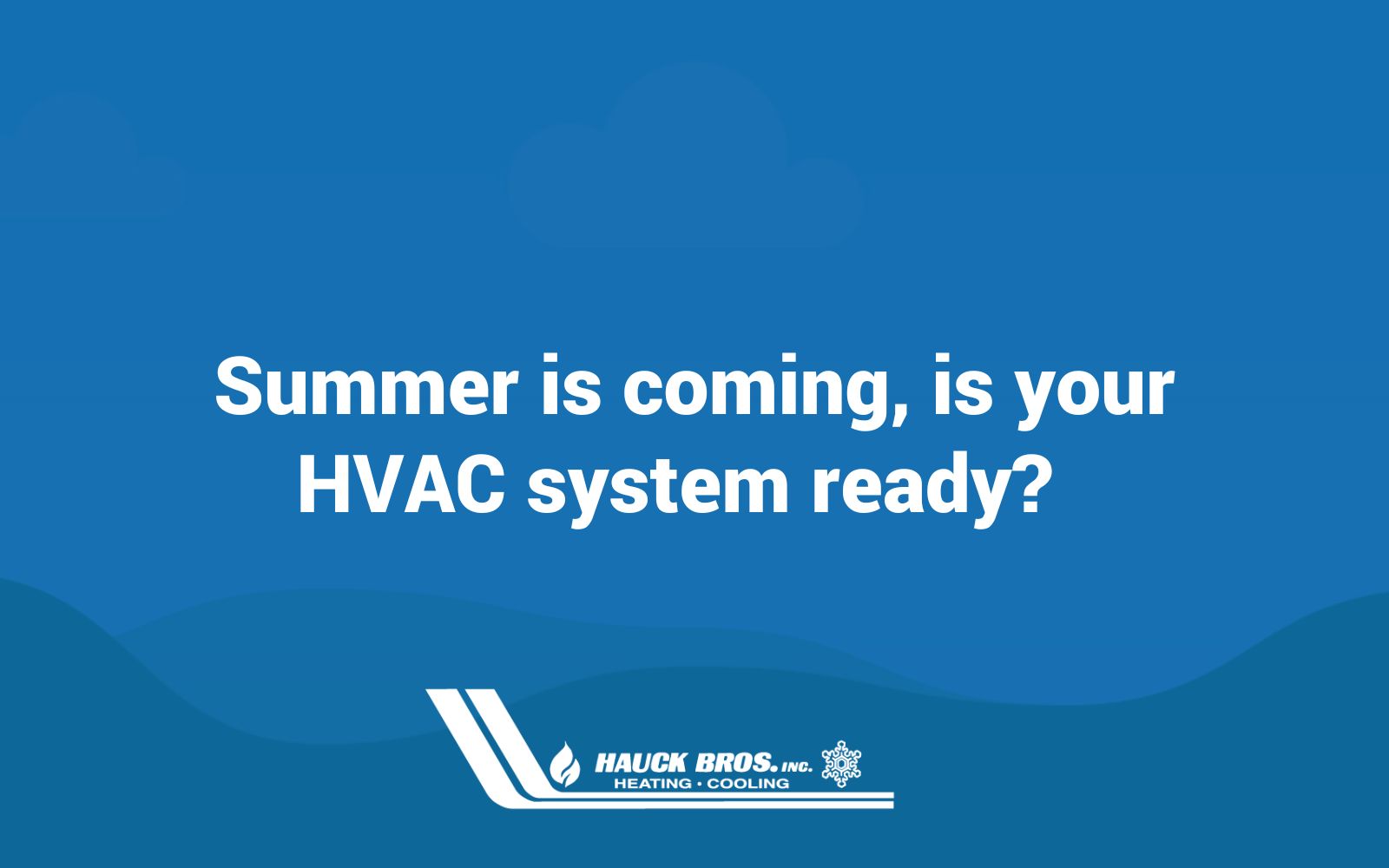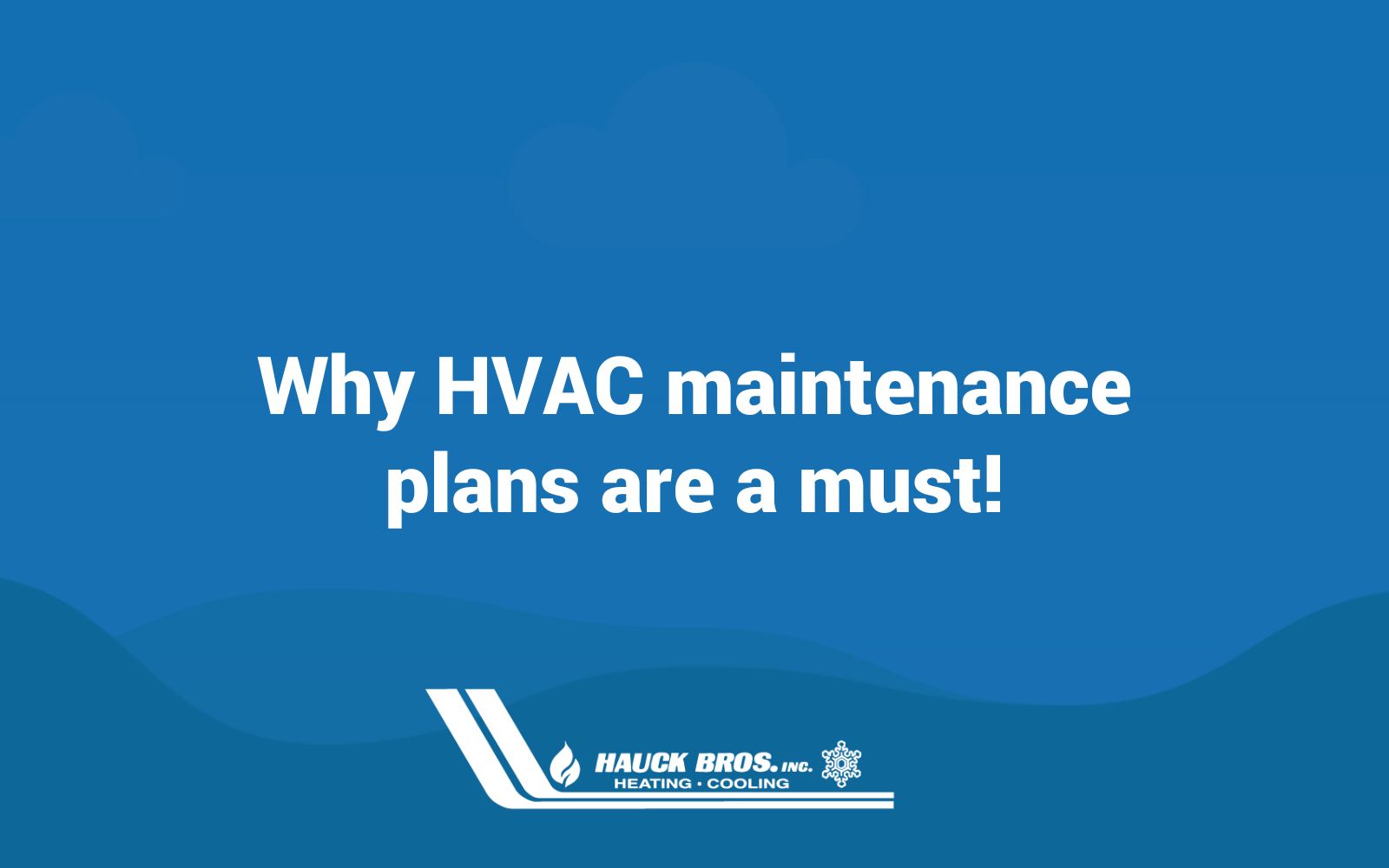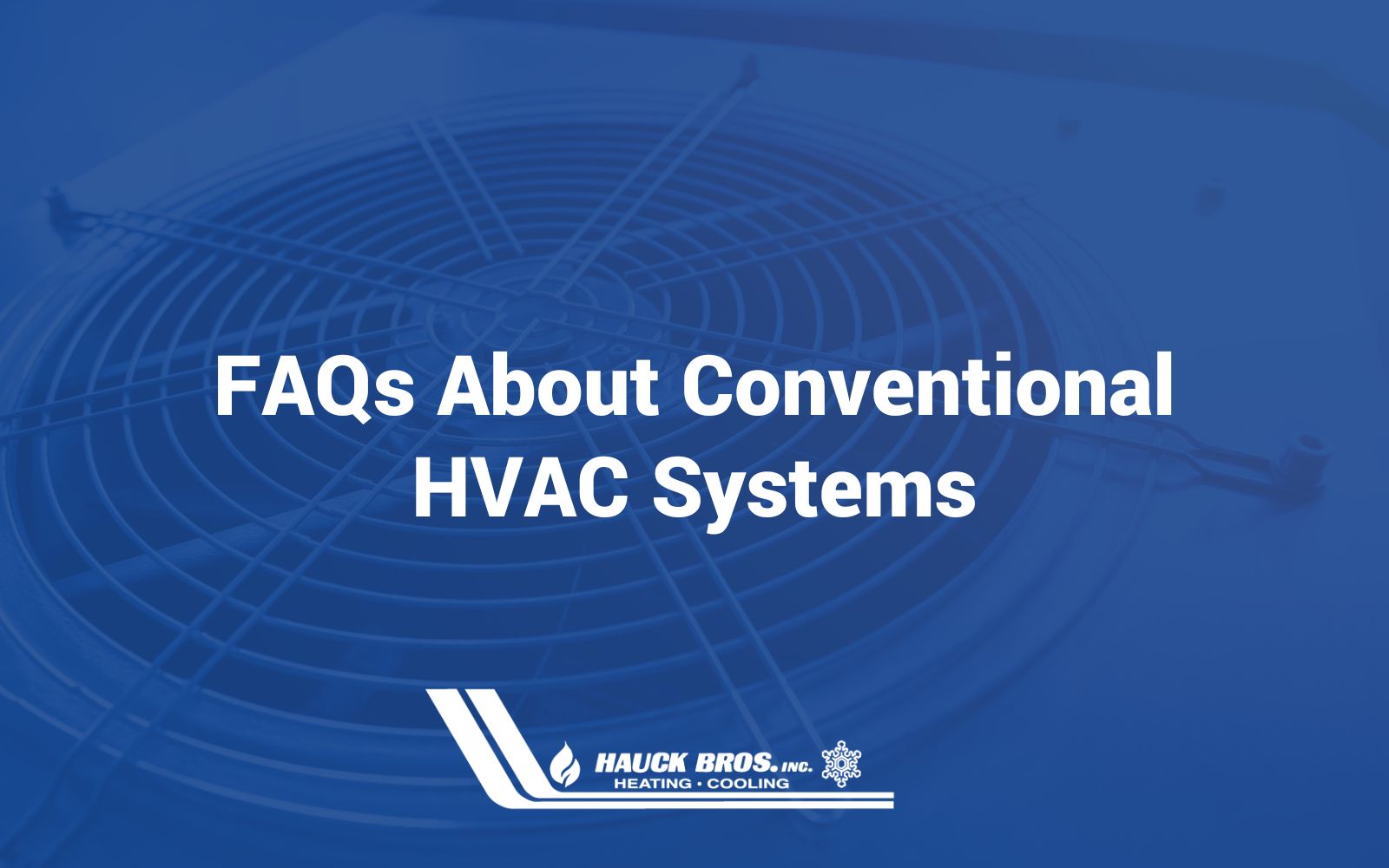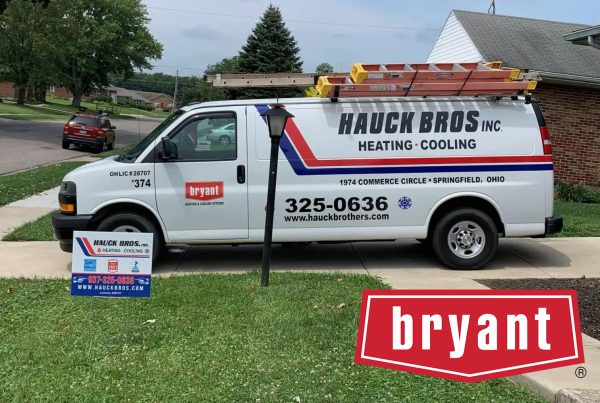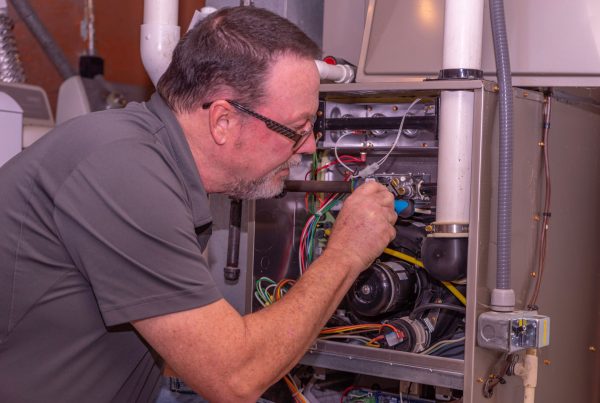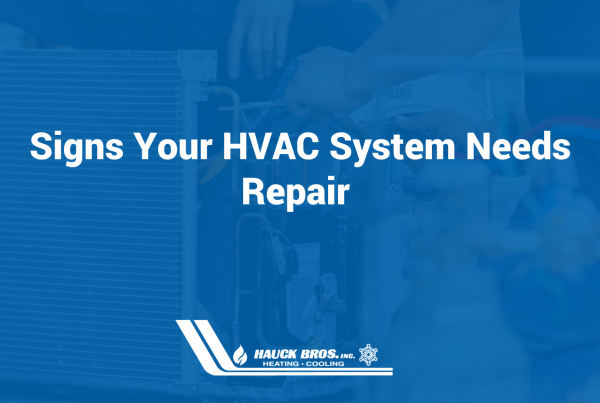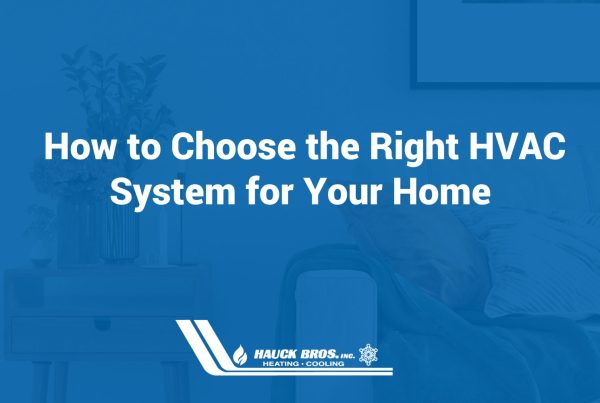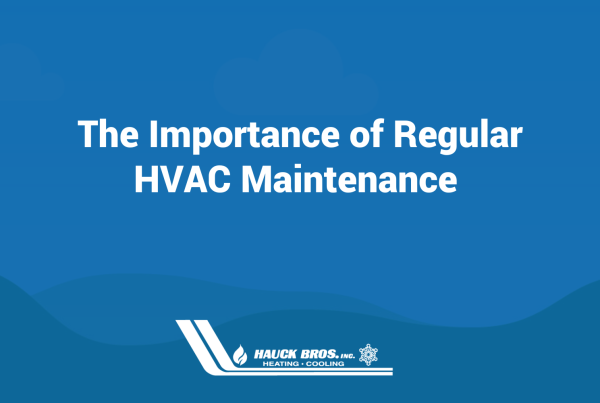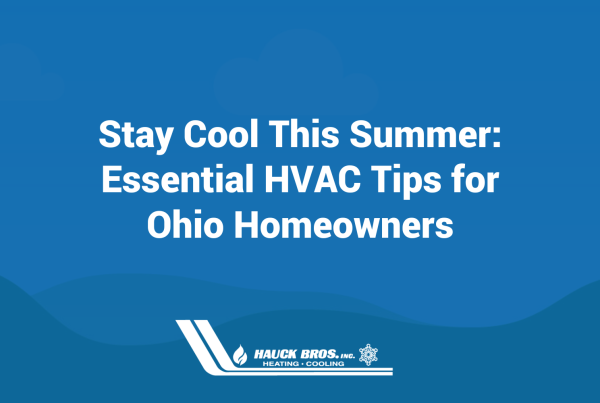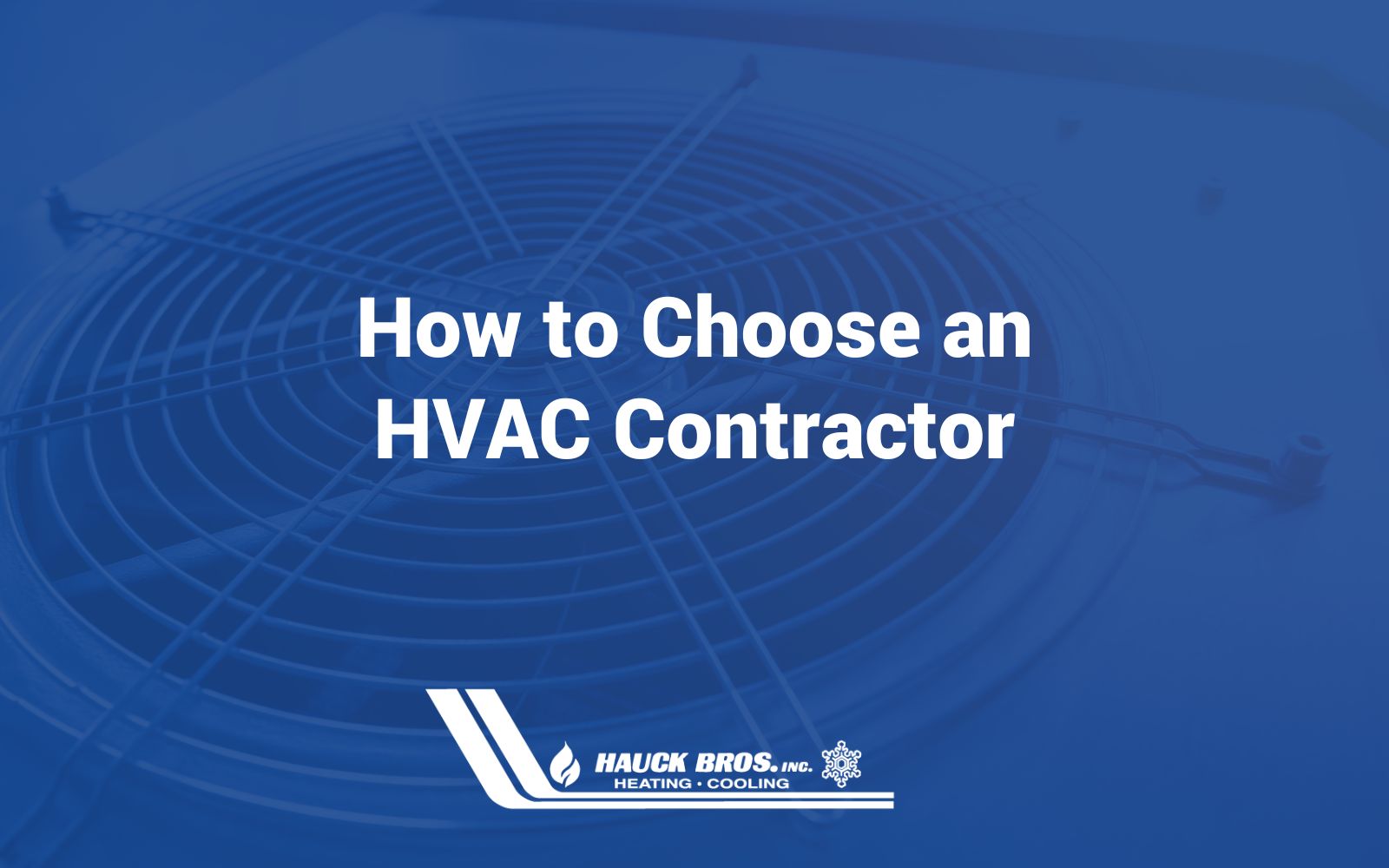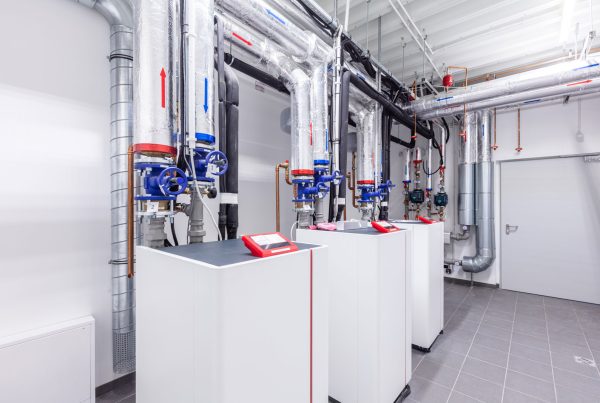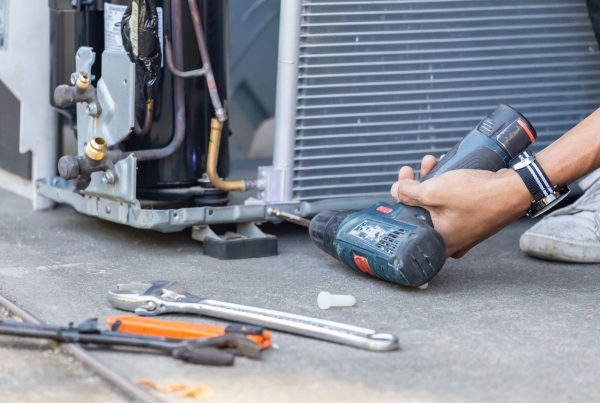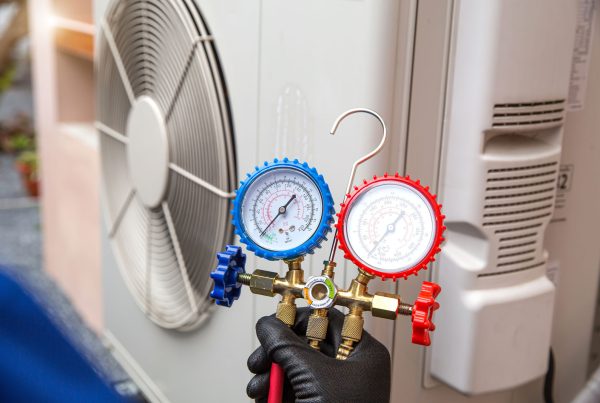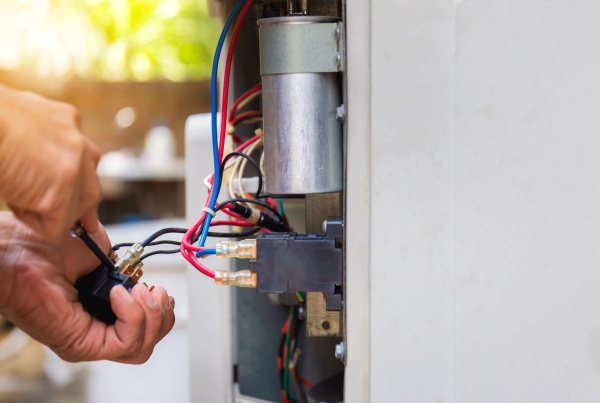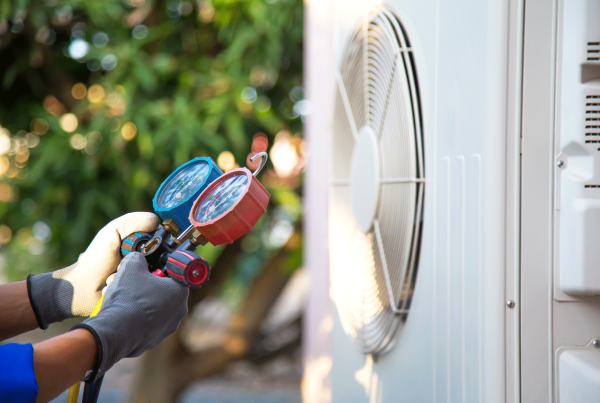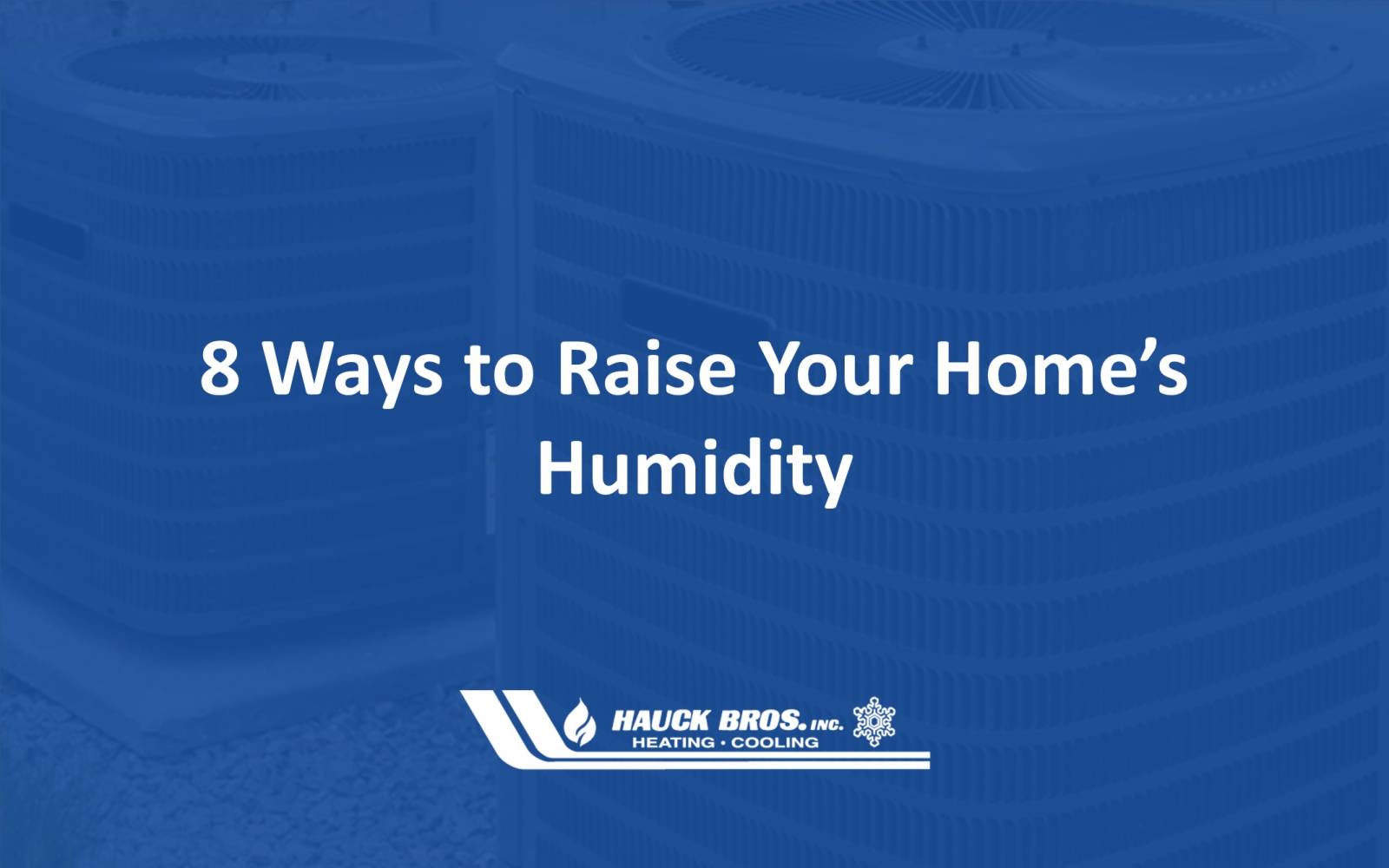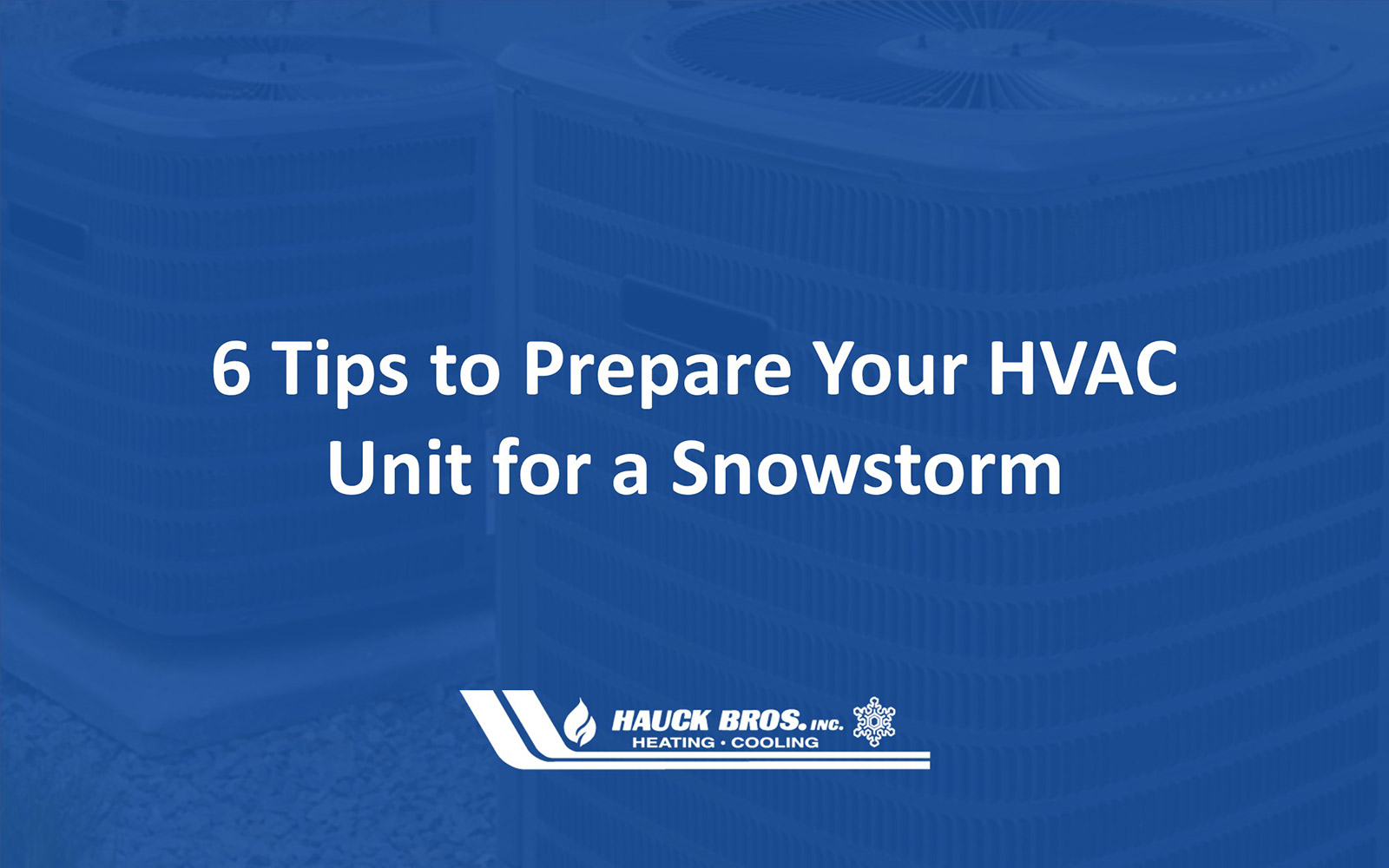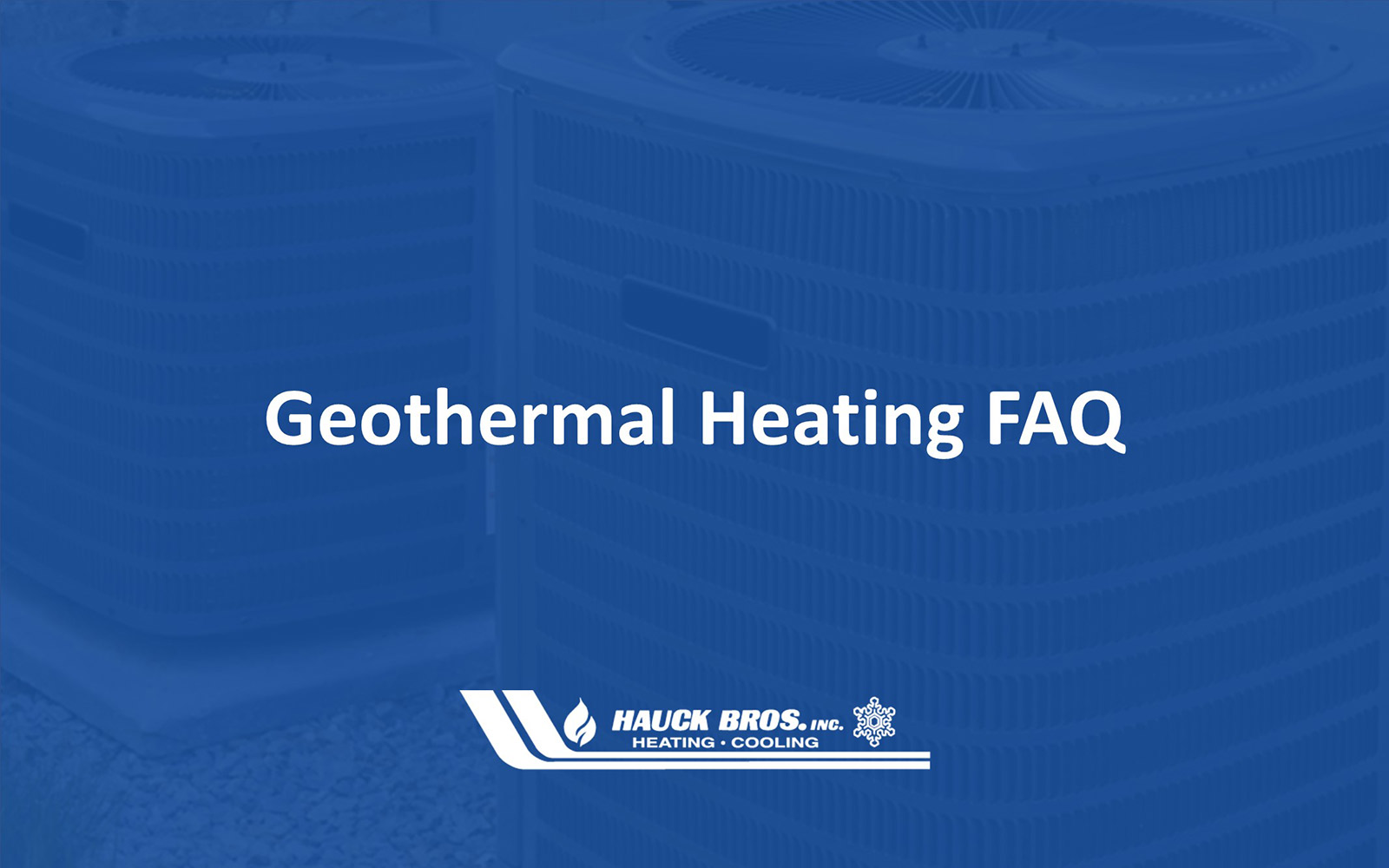With winter quickly approaching, you may be considering an upgrade to your home’s heating and cooling systems. Due to rising utility bills and the increasing threat of climate change, many homeowners are looking to more sustainable HVAC technologies like geothermal heating for their homes.
Although not a new technology, geothermal heating and cooling systems have been rising in popularity in recent years. But what is geothermal heating, and how can it benefit you and your family? Here, we’ll look at some frequently asked questions to help you decide if geothermal heating is right for you.
What is geothermal heating?
When heat from the sun warms the Earth’s surface, that heat is stored underground as thermal energy. Even with freezing temperatures, the underground temperature remains stable year-round. Geothermal systems tap into this consistent thermal energy source to heat or cool your home.
A common misconception is that geothermal systems can only be installed in specific geographic regions. However, they can be installed anywhere, so all homeowners can take advantage of this promising energy source. Since geothermal heating systems run on renewable energy and can be used for both heating and cooling purposes, they are one of the most efficient HVAC systems available.
How does geothermal heating work?
Geothermal heating systems consist of a ground loop, a heat pump, and a distribution system. First, the ground loop is installed under your home’s property and filled with liquid to absorb the underground heat. Loops can be installed vertically, horizontally, or in ponds and lakes, or well water systems can be utilized.
Next, that fluid is circulated through the ground loop and your geothermal heat pump. Located inside the home, the heat pump’s fluid-to-refrigerant exchanger uses thermal energy to heat the air that flows through the system. Lastly, the distribution system delivers and circulates the air through your home via your ductwork. Some systems can even power your hot water heater with minimal additional costs.
What are the benefits of geothermal heating?
Renewable energy
Geothermal energy is a natural, renewable, sustainable resource. Unlike wind or solar power, it is always available in the ground, so it’s highly reliable. In addition, since it does not use fossil fuels of any kind, its carbon imprint is substantially smaller than other systems that use traditional fossil fuels. For these reasons, geothermal heating is one of the most efficient and environmentally friendly methods of heating your home.
Cost savings
Due to their high levels of efficiency, geothermal systems can help you save money over the long term with reduced energy bills. Plus, geothermal systems are long-lasting and require less maintenance. Your indoor equipment lasts for about 25 years, while the loop system underground will last for 50-plus years. This will help you save even further by reducing replacement, repair, and maintenance costs.
Is geothermal heating expensive?
Because the installation process is much different than for standard systems, installation costs for geothermal heaters are often higher. However, it typically pays off in the long run. As mentioned above, homeowners save money on their monthly energy bills thanks to its higher efficiency.
Additionally, the price of installation can vary widely depending on a variety of factors. Your home’s size, lot size, insulation, and existing ductwork are just some of the elements that play into the cost. Plus, you may qualify for local or state incentives or rebates that can help you save thousands on installation. In fact, some federal tax credits can cover up to 30% of the installation price.
How can I start using geothermal heating in my home?
If you’re considering installing a geothermal heating or cooling system, reach out to a professional HVAC company. They can guide you through the process, from selecting the right system to installation to maintenance services.
At Hauck Bros, our HVAC experts can help set up a geothermal heating system that works best for your home. We also provide maintenance plans to maximize your equipment’s lifespan and efficiency as well as your family’s overall comfort.
Want to learn more about geothermal heating options for your home? Contact us online or call 973-325-0636 to speak with our professionals!
